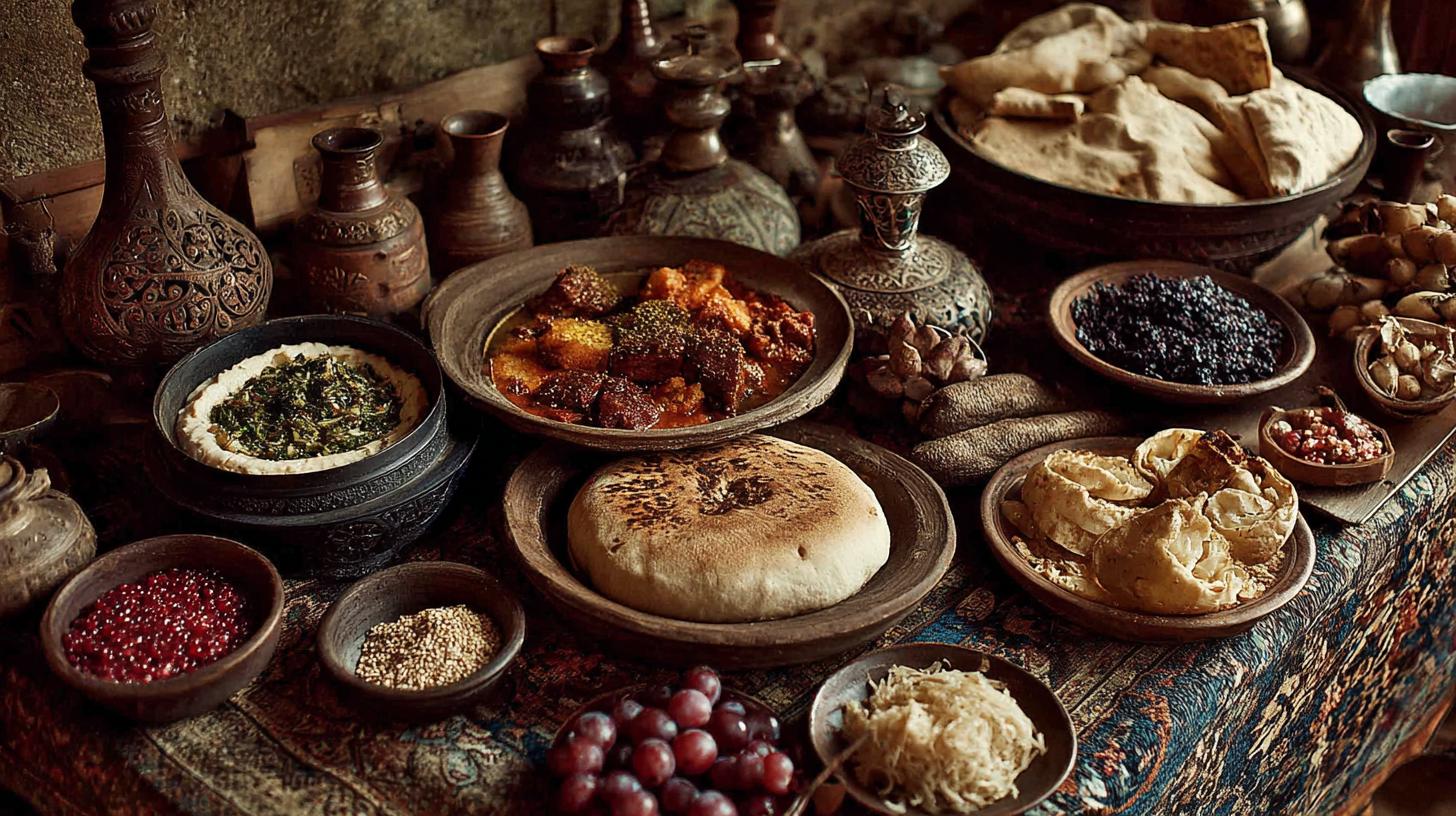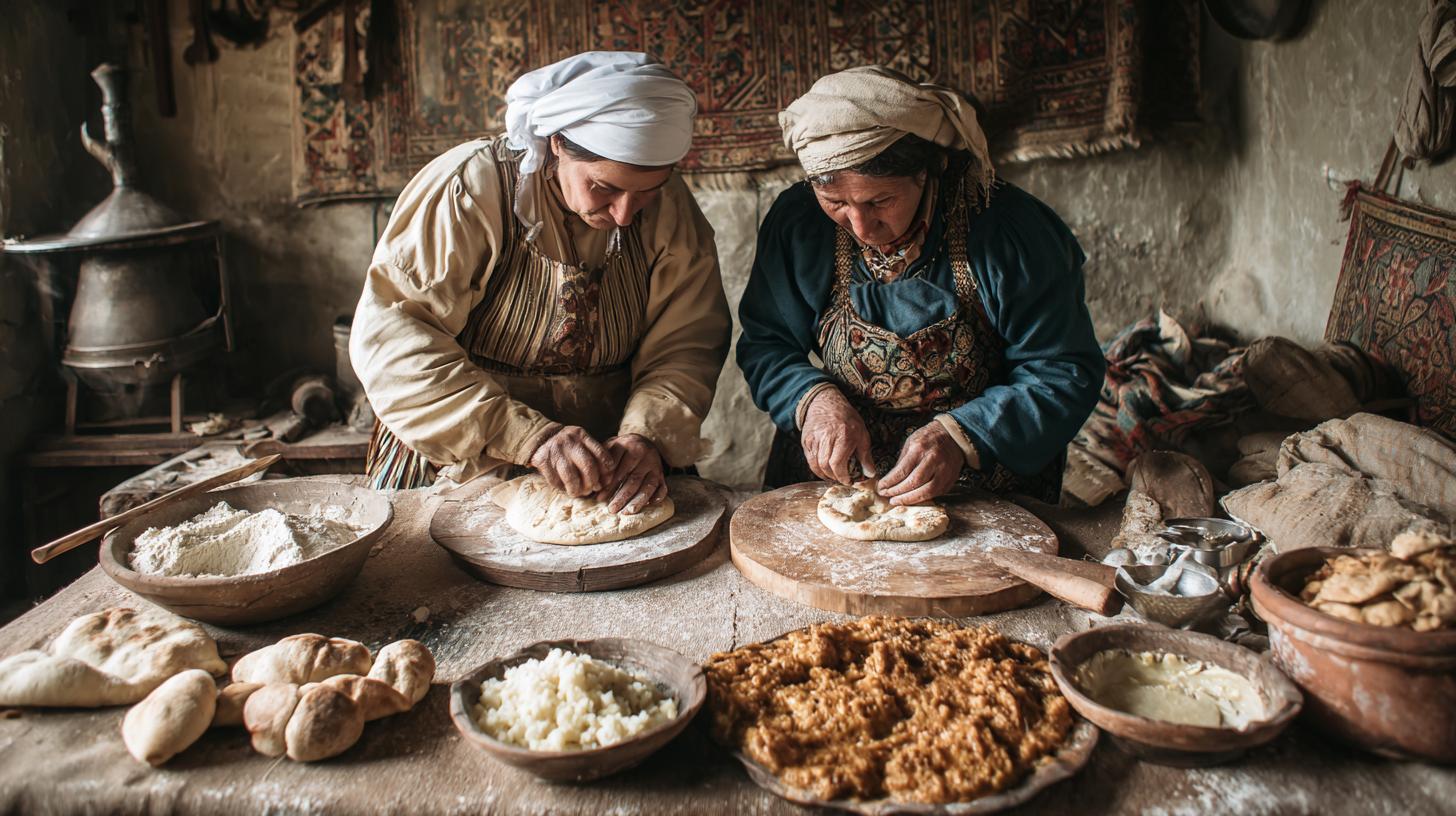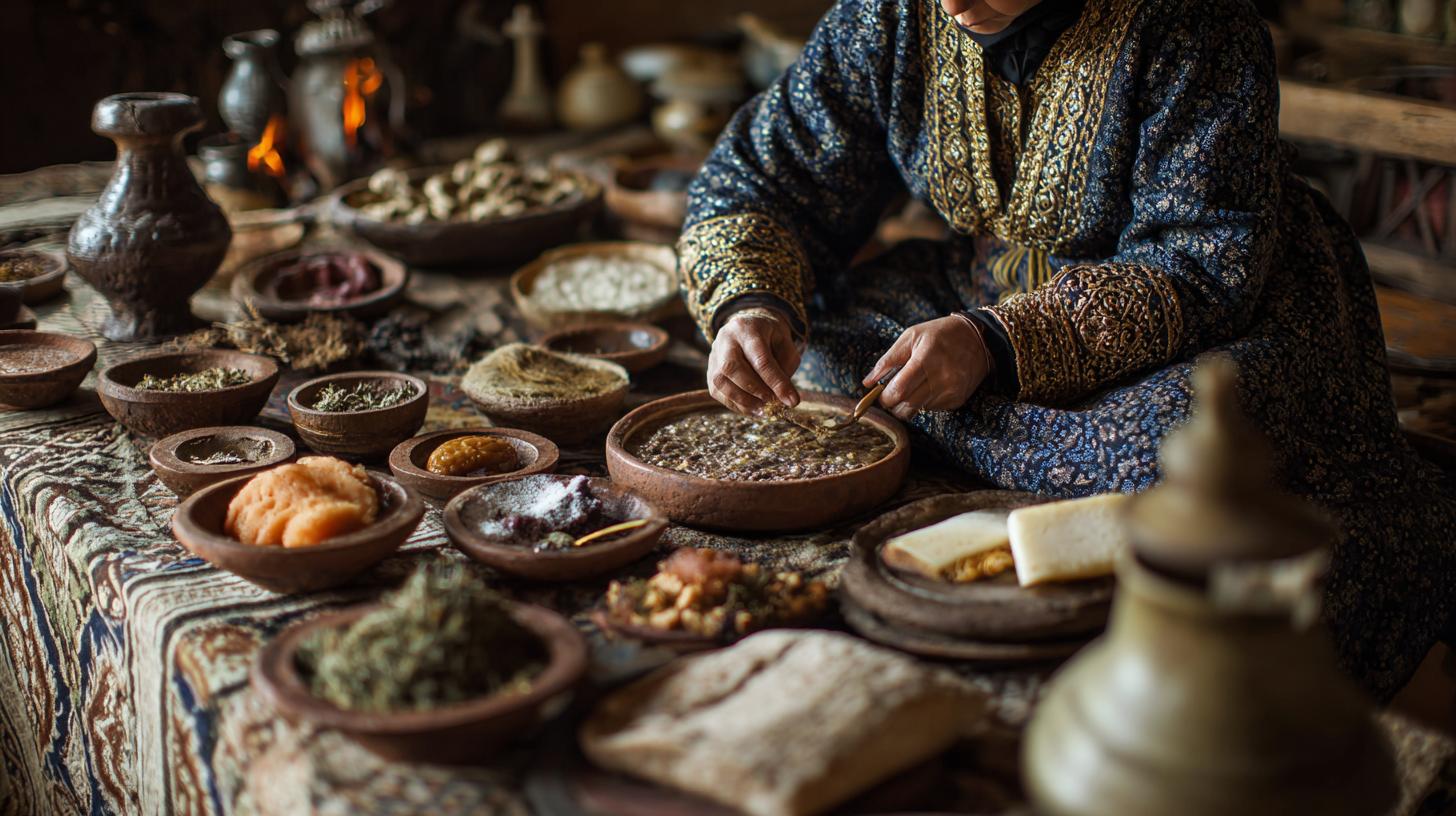Introduction to Georgian Culinary Heritage
Georgian cuisine is renowned for its unique flavors, rich traditions, and deep historical roots. Nestled at the crossroads of Europe and Asia, Georgia’s culinary history reflects a blend of influences from neighboring cultures while maintaining its distinct identity. Although many know about popular dishes like khachapuri or khinkali, the deeper story behind Georgian culinary traditions remains less explored. This article uncovers 10 unknown facts about Georgian culinary history, revealing intriguing aspects of how this cuisine evolved over centuries and the cultural significance it carries today.
The Ancient Origins of Georgian Gastronomy
One of the lesser-known truths about Georgian culinary history is its ancient origin, dating back thousands of years. Archaeological finds suggest that Georgia was among the first regions in the world to cultivate grapes and produce wine, a practice that goes back at least 8,000 years. This early adoption of viticulture influenced not only Georgian food but the entire cultural lifestyle.
The connection to wine is vital because it emphasizes the agricultural heritage intertwined with food production. Unlike many countries where wine was an elite luxury, in Georgia, it became a staple of everyday life and local traditions. The famous Georgian method of fermenting wine in qvevri — large earthenware vessels buried underground — is an ancient technique still in use today, showcasing the continuity of culinary practices over millennia.
Intertwining of Religion and Food

Religion has played a significant role in shaping Georgian culinary customs. The Georgian Orthodox Church, established in the 4th century AD, influenced dietary rules and food symbolism profoundly. Many Georgian dishes are prepared to align with religious holidays and fasting periods, where certain ingredients are avoided, and specific dishes are celebrated.
A fact that often goes unnoticed is how religious feasts functioned as occasions to preserve and innovate recipes. Family gatherings during the supra — the traditional Georgian feast — were not only social events but also spiritual celebrations deeply rooted in Orthodox Christianity. The use of symbolic ingredients during these feasts, like walnuts and pomegranates, reflects the blending of culinary art with spiritual meaning.
Influence of Geography on Local Ingredients

Georgia’s diverse geography, ranging from mountainous regions to fertile plains, ensures a wide variety of ingredients available for culinary use. Many unknown facts about Georgian culinary history point to how regional environments dictated unique dishes and cooking methods.
For instance, in the mountainous areas of Svaneti, one finds unique preserved dairy products and bread varieties, while coastal regions near the Black Sea have diets richer in fish and seafood. These regional differences have produced a diverse palette within Georgian cuisine, where local ingredients form the basis for traditional recipes passed down through generations.
The Role of Spices and Herbs in Georgian Cuisine
Many people recognize Georgian food for its robust flavors, but the specific spices and herbs used are often unfamiliar. Georgian culinary history shows that the cuisine relies heavily on native herbs like blue fenugreek, coriander, and savory, which contribute to the distinct taste profile.
Blue fenugreek, in particular, is a cornerstone spice, often added to breads and stews. Its subtle, smoky aroma is an example of how Georgian cooks use native herbs to create layers of flavor without overwhelming heat. The use of spices in Georgian cuisine tends to highlight freshness and balance, rather than excessive spiciness – a fact that might surprise those expecting boldly spicy dishes.
Traditional Georgian Cooking Techniques

Cooking techniques in Georgian culinary history reveal a connection to both practicality in daily life and artistic expression. One technique that stands out but is less known internationally is the use of open flame and clay ovens called tone or tandoor, used to bake bread like puri.
This ancient method imparts a smoky aroma and crisp texture, which makes Georgian bread unique. Another method is slow cooking stews and meat dishes in deep clay pots, which helps maintain moisture and enriches flavors. These techniques highlight the Georgian approach to cooking, blending simplicity with depth.
The Social Importance of Georgian Supra
The traditional Georgian supra goes far beyond being a simple meal; it is a cultural ceremony with strict etiquette and social roles, often led by a toastmaster called tamada. An interesting but lesser-known fact is how supra traditions date back centuries and have played a vital role in maintaining social harmony.
During a supra, a series of toasts are given, each with a specific theme such as peace, friendship, or ancestors. The supra is also where culinary diversity is on full display, with various dishes served in a carefully arranged order. Understanding this social custom provides greater appreciation for how food in Georgia is intrinsically linked to community and cultural identity.
Connection Between Georgian Cuisine and Silk Road Trade
A fascinating aspect of Georgian culinary history is its link to the Silk Road, the ancient trade route connecting East and West. Georgia’s position made it a vital crossroads for the exchange of spices, ingredients, and cooking ideas.
Because of this, some spices and foods found in Georgian recipes, such as walnuts and pomegranates, can be traced to wider trade networks. This fact illustrates how Georgian cuisine is a hybrid of indigenous practices and external influences seamlessly adapted over time.
Preservation Methods Unique to Georgian Tradition
Before refrigeration, Georgians developed distinctive ways of preserving food to ensure year-round availability. These methods ranged from drying and smoking to fermenting and pickling.
One technique less familiar outside Georgia is the pickling of green walnuts, which are harvested before they mature and turned into a unique sour condiment. Another example is matsoni, a fermented dairy product similar to yogurt but with local microbial cultures that impart a characteristic flavor. These preservation methods are as much about taste as they are about sustainability.
Women’s Role in Georgian Culinary Heritage
An often overlooked but critical part of the 10 unknown facts about Georgian culinary history involves understanding the roles women have played in preserving and passing down recipes. Traditionally, women were custodians of culinary knowledge, responsible not only for cooking but also for teaching family members these skills.
This transmission of culinary culture occurred informally, through oral history and hands-on learning within households. The connection between women and food in Georgia goes beyond mere preparation; it encompasses the maintenance of family identity and cultural continuity.
Georgia’s Influence on Neighboring Cuisines
While much attention is paid to how external influences shaped Georgian food, an interesting find in Georgian culinary history is how Georgian cuisine, in turn, impacted neighboring regions such as Armenia, Azerbaijan, and Russia.
This culinary exchange was facilitated by shared borders, migration, and political changes over centuries. For example, Georgian spices, bread types, and wine styles found resonance in these neighboring cultures, contributing to a broader Caucasian food identity. Recognizing this bidirectional flow enriches the understanding of the region’s culinary evolution.
Summary Table of the 10 Unknown Facts About Georgian Culinary History
| Fact Number | Key Aspect | Description |
|---|---|---|
| 1 | Ancient Origins | Georgia’s winemaking dates back 8,000 years, with traditional qvevri method still in use. |
| 2 | Religion and Food | Culinary customs are deeply connected to Georgian Orthodox practices and symbolism. |
| 3 | Geographical Diversity | Regional ingredients shape distinct dishes across mountainous and coastal areas. |
| 4 | Spices and Herbs | Use of native herbs like blue fenugreek creates unique flavor profiles. |
| 5 | Traditional Cooking | Techniques include clay oven baking (tone) and slow cooking in clay pots. |
| 6 | Social Supra | Feast with ritualistic toasts, emphasizing community and hospitality. |
| 7 | Silk Road Influence | Trade introduced new spices and ingredients, enriching cuisine diversity. |
| 8 | Preservation Techniques | Methods such as pickling green walnuts and fermenting dairy products. |
| 9 | Women’s Role | Women as custodians of culinary knowledge and family traditions. |
| 10 | Regional Influence | Georgia’s cuisine has influenced neighboring countries’ food cultures. |
Exploring Unique Ingredients: A List of Common Georgian Staples
- Blue Fenugreek: An aromatic herb used in many dishes and breads.
- Walnuts: Integral in sauces such as satsivi and other condiments.
- Pomegranate: Used for juice, seeds, and as a flavoring agent.
- Qvevri Wine: Traditional fermented wine in large clay pots.
- Matsoni: A fermented dairy product similar to yogurt.
- Tone Bread: Georgian bread baked in a clay oven.
- Green Walnuts: Pickled as a unique sour condiment.
By diving into these 10 unknown facts about Georgian culinary history, it becomes clear that Georgian food is far more than just a collection of recipes. It is a living tradition, carrying cultural, religious, geographic, and historical stories with every bite. Whether through ancient winemaking practices or the social dynamics of the supra, Georgian cuisine tells a narrative that continues to evolve, inviting us to taste history on the plate.